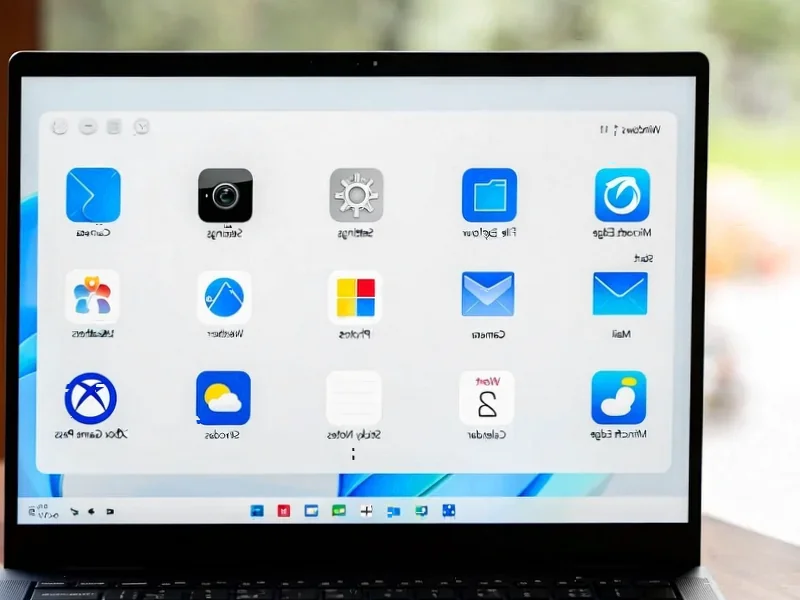According to MIT Technology Review, startup Still Bright is developing a water-based purification process for copper that could be less polluting than traditional smelting. The company uses chemical reactions inspired by vanadium flow battery technology to process copper concentrates in 30-90 minutes, producing material that’s 70% pure copper before further refinement. CEO Randy Allen states the company is focused on addressing the “copper supply crisis that’s looming ahead of us” as global copper demand is expected to grow by 40% between now and 2040. The innovation comes amid geographic concentration of smelting capacity, with only two operational ore smelters remaining in the US and most processing now occurring in Asia, particularly China. This technological shift could fundamentally reshape how we approach copper production.
The Geopolitical Imperative
The concentration of copper smelting in China represents one of the most significant vulnerabilities in the global clean energy transition. As nations race to build out renewable infrastructure and electric vehicle fleets, they’re increasingly dependent on a single country for processing the very metal that enables these technologies. The situation mirrors earlier concerns about rare earth elements, where China’s dominance created strategic dependencies that took years to unwind. Still Bright’s technology, if scalable, could enable regional processing hubs closer to mining operations, reducing transportation costs and creating more resilient supply chains. This decentralization aligns with broader trends in critical minerals security, where nations are prioritizing domestic processing capabilities as a matter of economic and national security.
The Chemistry Breakthrough
What makes Still Bright’s approach particularly innovative is its borrowing from battery chemistry rather than traditional metallurgy. Vanadium flow batteries are known for their stability and ability to handle multiple charge cycles without degradation. Applying these principles to copper purification represents cross-pollination between energy storage and materials processing that we haven’t seen before. The process avoids the high-temperature pyrometallurgical approach that’s been standard since the Bronze Age, instead using chemical selectivity to separate copper from impurities. This could potentially handle lower-grade ores that aren’t economically viable with traditional smelting, effectively expanding global copper reserves without new mining. The water-based nature also suggests potential for closed-loop systems that minimize wastewater and chemical consumption.
Transforming Mining Economics
The implications for mining economics are substantial. Traditional smelters require massive capital investment and operate most efficiently at enormous scale, creating natural monopolies and consolidation. A modular, chemical-based approach could enable smaller-scale operations that process copper closer to mines, reducing transportation costs for bulky concentrates. More importantly, it could change the environmental calculus of copper production. The ability to produce 70% pure copper as an intermediate product before conventional electrowinning means potentially smaller environmental footprints at both stages. This comes as global trade patterns show increasing concentration in critical minerals processing, creating both economic and environmental concerns.
The Scaling Hurdle
The transition from laboratory demonstration to industrial-scale operation represents the most significant challenge. Mining is notoriously conservative about adopting new technologies, with processes that have been refined over centuries. Still Bright will need to demonstrate not just technical feasibility but economic viability at scales that matter to an industry measured in millions of tons. The chemistry must work consistently with ores of varying composition from different geological formations. There are also questions about vanadium sourcing—if the process requires significant quantities of this metal, it could simply shift supply chain dependencies rather than solving them. The real test will come when they attempt to process the complex sulfide ores that dominate copper mining, which contain various other metals and impurities that could interfere with their selective extraction process.
The Coming Copper Renaissance
Looking ahead 12-24 months, we’re likely to see increased venture investment in alternative mineral processing technologies. The combination of supply chain vulnerabilities, environmental pressures, and soaring demand creates perfect conditions for innovation. Still Bright’s approach could inspire similar applications for other metals where traditional processing creates environmental challenges. If successful, we might see the emergence of distributed processing networks where smaller, cleaner facilities serve regional mining operations. This would mark a significant departure from the centralized model that has dominated metals production since the Industrial Revolution. The timing is critical—with copper demand accelerating due to clean energy deployment, the window for implementing new technologies before supply constraints bite is narrowing rapidly.




